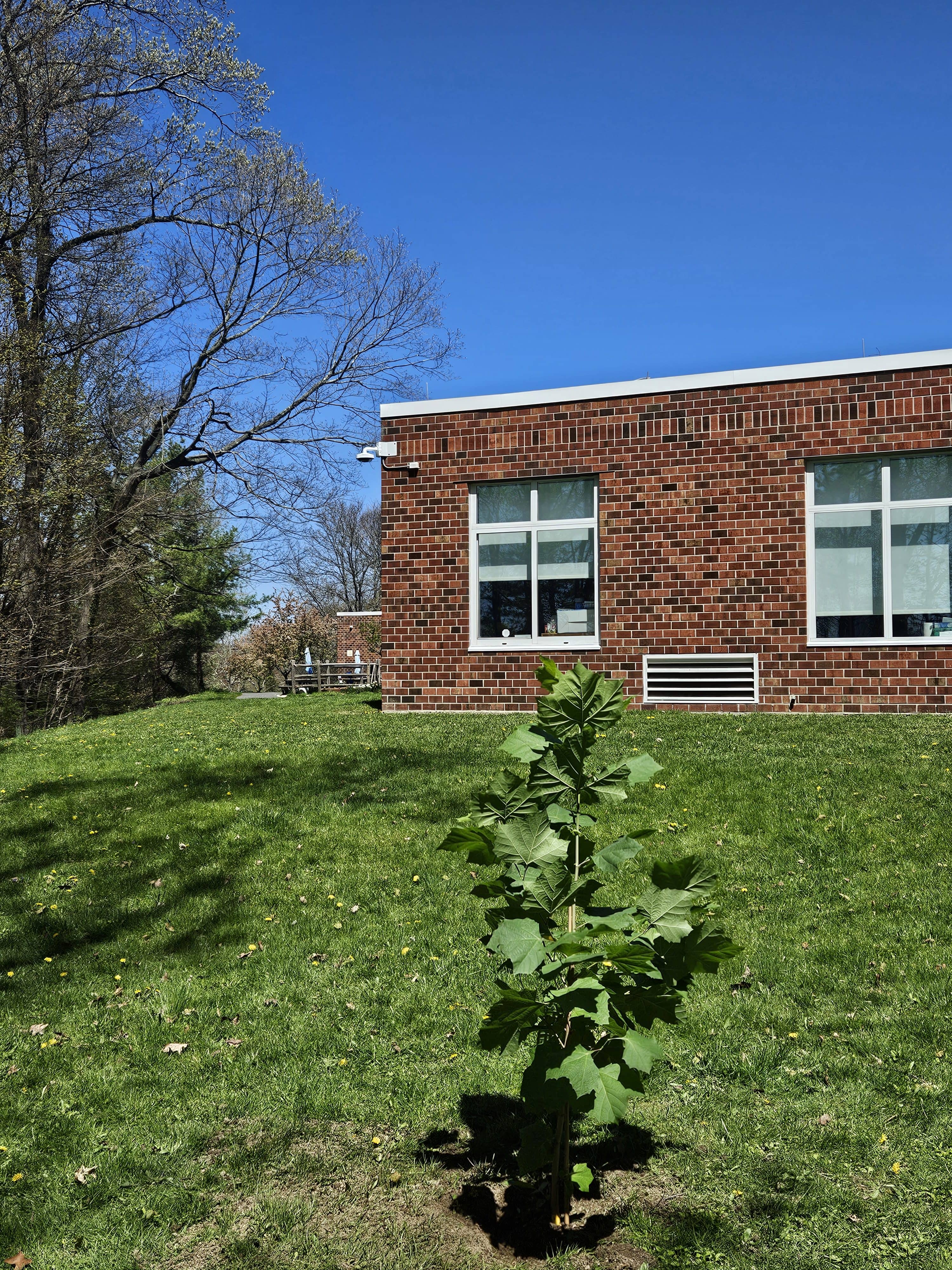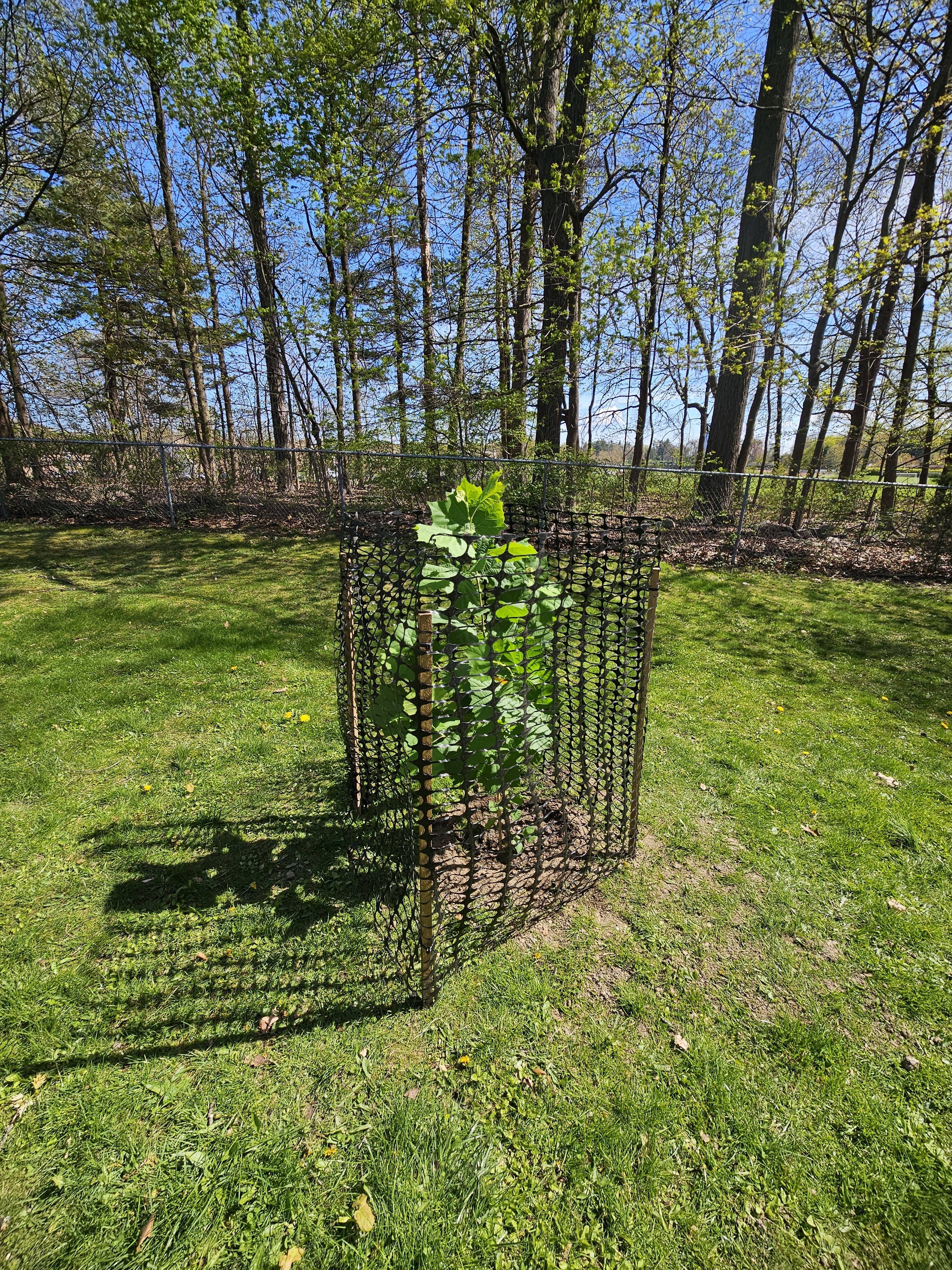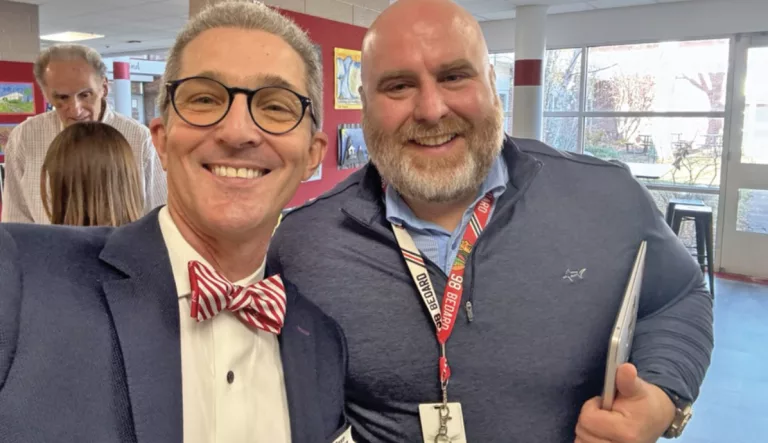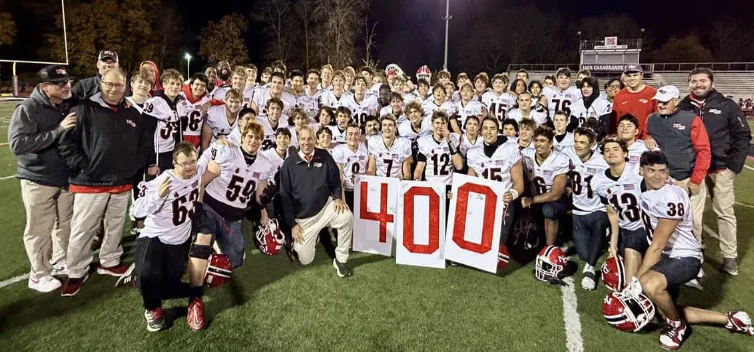By Elizabeth Barhydt
In a landmark event that marries the legacy of space exploration with environmental education, South Elementary School has been distinguished as the first institution in the state to receive a “Moon Tree” seedling from NASA’s Artemis I mission. This initiative not only commemorates past lunar missions but also works to ignite a passion for science, technology, engineering, and mathematics (STEM) among young learners.
The Moon Tree program, revitalized under NASA’s Artemis missions, builds upon an experiment from the Apollo era when astronaut Stuart Roosa carried tree seeds aboard Apollo 14 in 1971. These seeds orbited the Moon and upon returning to Earth, were germinated and planted worldwide to study the effects of space travel on plant growth. Similarly, the Artemis I mission, which orbited the Moon in 2022, included nearly 2,000 seeds that journeyed more than 1.4 million miles into space and back, aiming to inspire the next generation of explorers and environmental stewards.
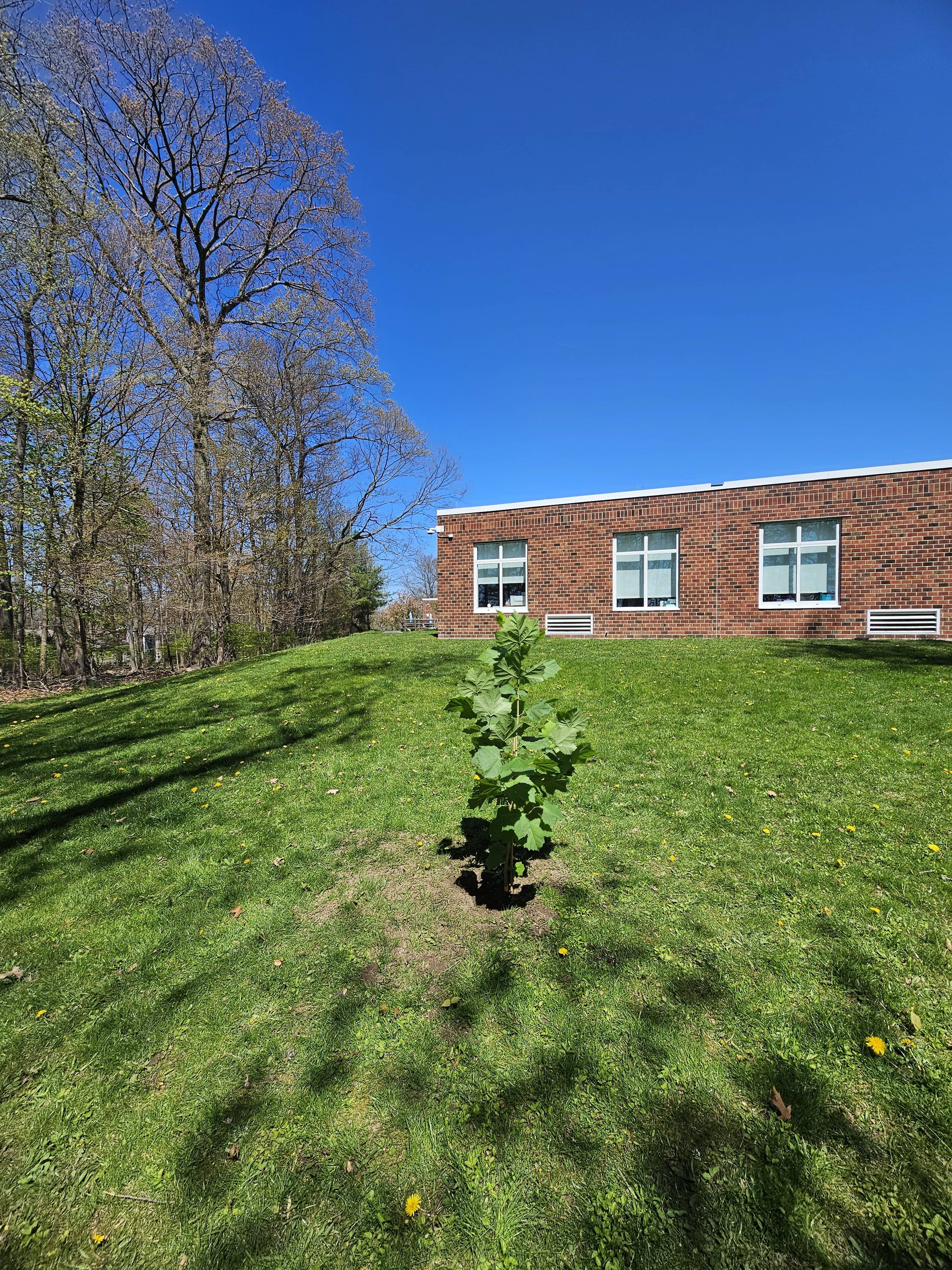
The selection of South Elementary as a Moon Tree recipient was based on a competitive application process initated and seen to fruition by science teacher Gabriella Brown.
NASA evaluated the institutions’ plans for tree care and their potential to leverage the seedlings for enhancing STEM education. Over 1,300 applications were reviewed, with the first batch of trees distributed to nearly 50 institutions across the United States. Each recipient institution received one of five species of trees that were grown from the seeds that flew on Artemis I, including sycamores, sweetgums, Douglas firs, loblolly pines, and giant sequoias.
On receiving the sycamore seedling on April 26, South Elementary School marked the occasion by planting the tree the following day, which coincided with Arbor Day—an apt celebration of both terrestrial and cosmic nature. Brown, a science teacher at South, emphasized the broader impact of this project. “For the first time in nearly 50 years, NASA is planning to return to the Moon, and to commemorate this new era of moon exploration they sent seeds to honor Stuart Roosa’s Moon Tree experiment from the Apollo 14 mission,” said Brown. She described the initiative as a “great opportunity to foster citizenship by connecting our children with the natural world and outer space by encouraging them to become environmental stewards and citizen scientists.”
NASA Administrator Bill Nelson highlighted the importance of this project in a press release, stating, “NASA’s Artemis moon trees are bringing the science and ingenuity of space exploration back down to Earth. Last year, these seeds flew on the Artemis I mission 40,000 miles beyond the Moon. With the help of the USDA, this new generation of Moon trees will plant the spirit of exploration across our communities and inspire the next generation of explorers.”
At South Elementary, the Moon Tree seedling is more than just a botanical specimen; it is a pedagogical tool that traverses the curriculum. Brown detailed their interdisciplinary approach: “The beauty is that this journey can be applied in all subjects from data collection in math, to poetry in ELA, the history of moon exploration in social studies, exploring the seasonal growth changes in science, and much more. We’re looking forward to the development of a creative space in which children of all abilities can apply classroom lessons to create something real that is valued by others.”
The school plans to develop a series of educational programs around the Moon Tree, enabling students to engage directly with topics ranging from botany and ecology to astronomy and engineering. This holistic approach not only enhances academic learning but also fosters a deep appreciation for the interconnectedness of Earth’s ecosystems and the broader universe.
As these Artemis generation Moon Trees take root in communities across the country, they symbolize a bridge between past achievements and future aspirations in space exploration, all the while grounding students in the principles of science and environmental responsibility.

